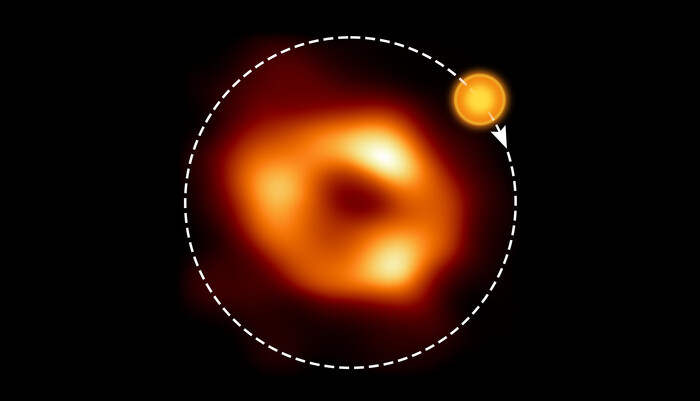Super-hot gas bubbles
orbit,
very fast
, around the
supermassive black hole
,
Sagittarius A *
, located at the center of the
Milky Way
, and for the first time allow to shed
new light
on the still
enigmatic environment
in the heart of our galaxy.
Discovering them was possible thanks to the data collected by the Alma radio telescope, located in Chile and managed by the European Southern Observatory (Eso), the American National Science Foundation (Nsf) and the National Institute for Natural Sciences of Japan (NINS).
Published in the journal Astronomy & Astrophysics, the research was coordinated by the German Max Planck Institute for Radio Astronomy in Bonn.
Italian researchers from the National Institute of Astrophysics (INAF) and the University of Cagliari also contributed to the study, led by Maciek Wielgus.
The gas bubbles travel at an
extraordinary speed
, about 30% of that of the light, making a complete revolution in just 70 minutes.
They were discovered by chance by the Alma telescope (Atacama Large Millimeter / submillimeter Array), shortly after a flash of X-rays coming right from the center of the Milky Way and identified by NASA's Chandra space telescope.
It was believed, in fact, that similar energy bursts were associated with so-called 'hot spots', hot gas bubbles that orbit very quickly and close to the black hole.
The recent discovery therefore supports this idea, providing new clues to the mechanisms underlying the phenomenon.
"In the future we should be able to track these hot spots using observations made in different wavelengths," comments Ivan Marti-Vidal of the Spanish University of Valencia, co-author of the study: "The success of such an effort - adds Marti-Vidal - it would be a real milestone for our understanding of the physics of the galactic center. "
Wielgus concludes: "It is hoped that one day we will be able to say that we know exactly what is happening around Sagittarius A *".









